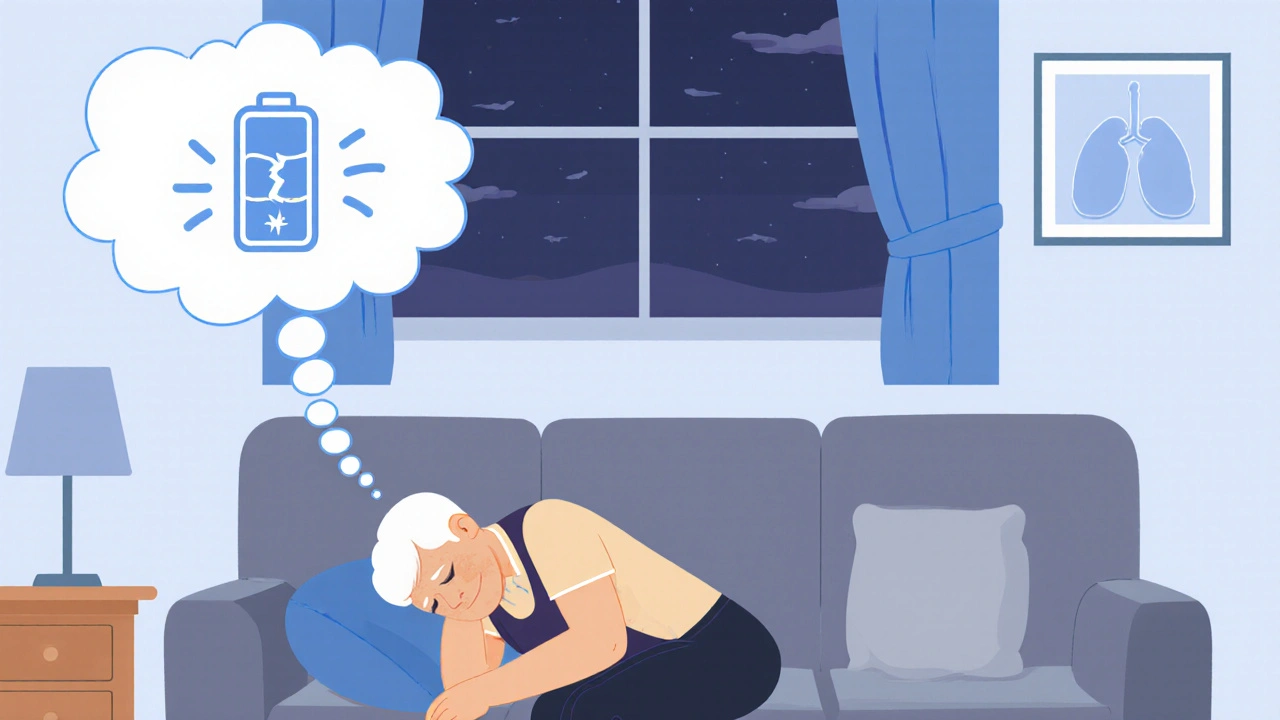COPD Treatment: What Works, What to Avoid, and How to Manage Daily Life
When you have COPD, Chronic Obstructive Pulmonary Disease, a long-term lung condition that makes breathing hard. Also known as chronic bronchitis or emphysema, it doesn’t go away—but with the right COPD treatment, you can still walk, talk, and live well. This isn’t about curing it. It’s about taking back control. Millions of people manage COPD every day by using the right tools, avoiding triggers, and sticking to proven plans.
COPD treatment isn’t one-size-fits-all. For most, it starts with bronchodilators, medicines that relax the airways so you can breathe more easily. These come as inhalers—some you use daily, others only when you feel tightness. If those aren’t enough, your doctor might add inhaled steroids, anti-inflammatory drugs that reduce swelling in the lungs. But they’re not for everyone. Too much can raise your risk of pneumonia or thrush. That’s why you need to use them only as directed.
Then there’s oxygen therapy, a simple but powerful tool for people with low blood oxygen. It’s not just for the very sick. If your levels drop during sleep or activity, even short bursts of extra oxygen can keep you moving longer without gasping. And if you’re still able to walk, pulmonary rehabilitation, a program that combines exercise, education, and breathing training can change everything. People who stick with it report less shortness of breath, more energy, and fewer hospital visits.
What you avoid matters just as much as what you use. Smoking is the biggest enemy—if you haven’t quit, this is your moment. Even secondhand smoke, wood smoke, or strong fumes can make symptoms flare. Air pollution? Try to stay indoors on bad days. And don’t ignore colds or flu. A simple infection can send you to the ER. That’s why vaccines for flu, pneumonia, and COVID-19 are part of every solid COPD treatment plan.
You’ll also find that diet and sleep play a bigger role than you think. Eating too much at once can push up on your lungs. Small meals, lighter foods, and staying hydrated help. Poor sleep? It’s common with COPD—especially if you snore or stop breathing at night. Treating sleep apnea can make your whole day better.
Below, you’ll find real comparisons and practical guides on the medications, supplements, and lifestyle tools people actually use. Some posts break down which inhalers work best for different stages. Others show how oxygen devices have changed in the last five years. You’ll see what works for someone who walks three miles a day, and what helps someone stuck mostly at home. No fluff. No marketing. Just clear, tested advice from people who’ve lived it.
Explore how tiotropium bromide can reduce fatigue and boost energy in COPD patients, backed by studies, practical tips, and safety guidance.
Oct, 19 2025

